Okanagan Trestle Tour
The Ride: Gravel, Grit, and Glorious Watermelon
For years, the Kettle Valley Trail in British Columbia had been sitting at the top of my cycling bucket list. I’d seen the photos—sweeping canyon views, historic trestles, and that irresistible mix of adventure and nostalgia. This summer, I finally made it happen by signing up for the Okanagan Trestle Tour, a one-day ride that promised 54 miles of scenic gravel, tunnels, and just enough challenge to keep things interesting.
Hitting the Road and the Trail
The journey began with a 5½ hour drive from Seattle to Penticton, but once I crossed the border into Canada, the scenery took over. The Canadian Cascades were stunning—rolling mountains, lush forests, and that crisp northern air that makes you feel like you’ve stepped into a nature documentary.
Before checking into my hotel, I swung by the Convention Center to pick up my rider packet and t-shirt (because let’s be honest, the swag is half the fun). I also dropped off my bike for transport to Kelowna, where the ride would begin the next morning.
The Ride Begins: Beauty and Bumps
We started the day with a bus ride to Kelowna, reuniting with our bikes and setting off on the 54-mile journey back to Penticton. The first 12 miles through Myra Canyon were pure magic—well-maintained packed dirt, sweeping views, and those iconic wooden train trestles that made me feel like I was pedaling through history.
Then came the “spicy” section: 24 miles of gravel, potholes, and rocks that demanded full concentration and a bit of grit. Past Chutes Lake, I hit a mile of deep sand that turned my bike into a rebellious toddler. After a few dramatic swerves, I gave in and walked that stretch, laughing at myself and grateful for sturdy shoes.
Trestles, Tunnels, and Sweet Relief
The route featured about half a dozen trestles that curved gracefully along the canyon walls, plus two tunnels—one long, one short—that offered a refreshing blast of cool air and a moment to pretend I was in an epic cycling montage. The views were breathtaking, and I stopped often to snap photos and soak it all in.
Each rest stop was a welcome break, stocked with snacks and drinks—but the real hero of the day? Watermelon slices. Cold, juicy, and absolutely divine. I’m convinced half my hydration came from watermelon alone. If there had been awards, I’d have taken home “Most Passionate Melon Enthusiast.”
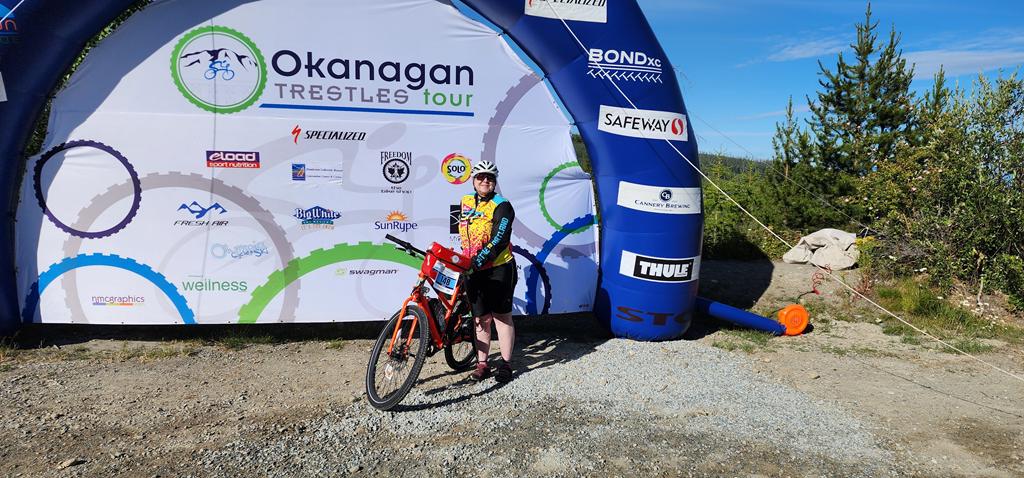
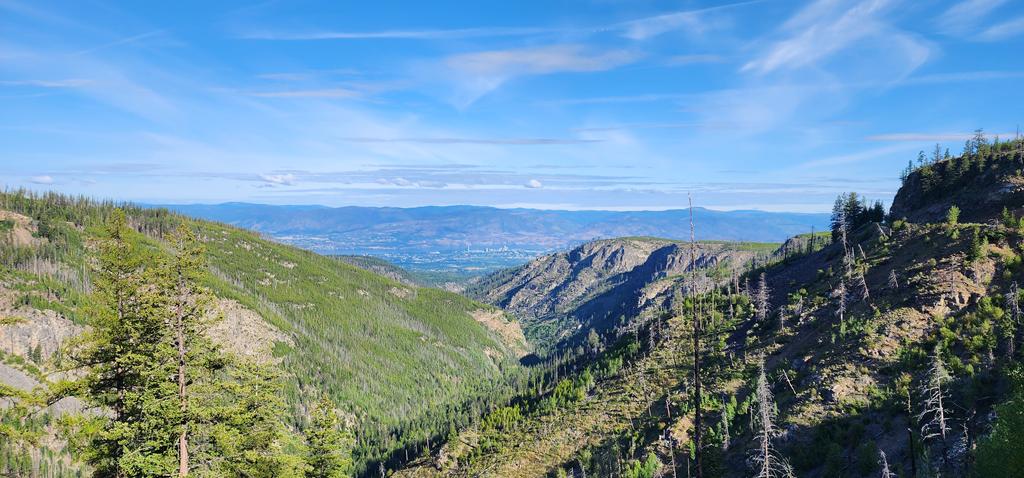
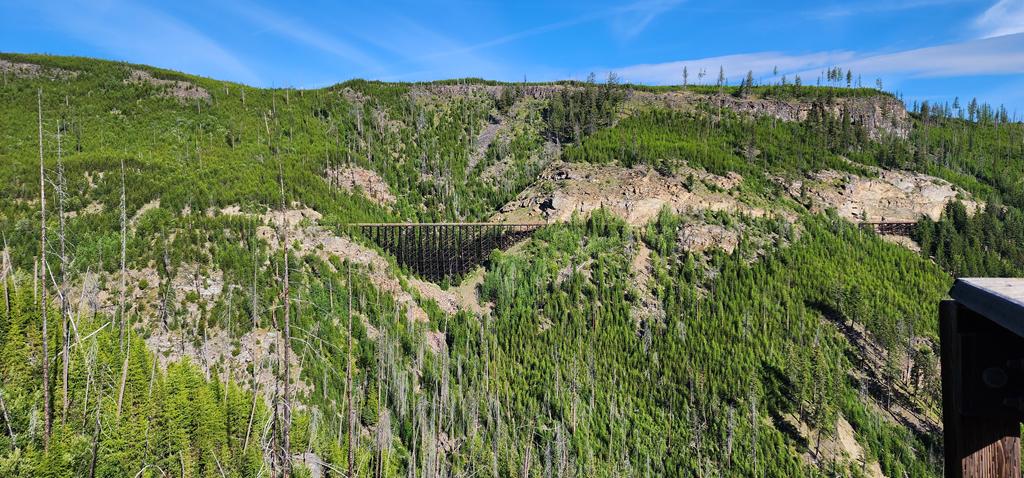
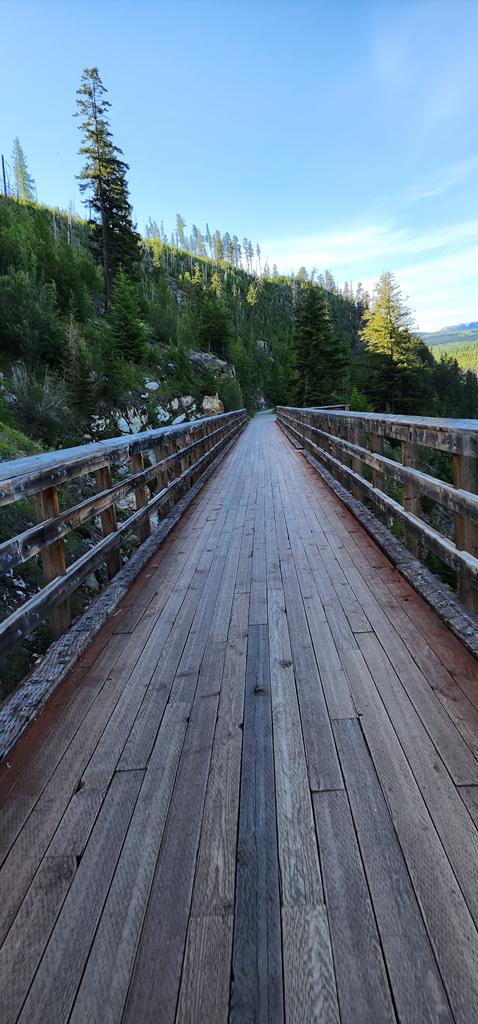
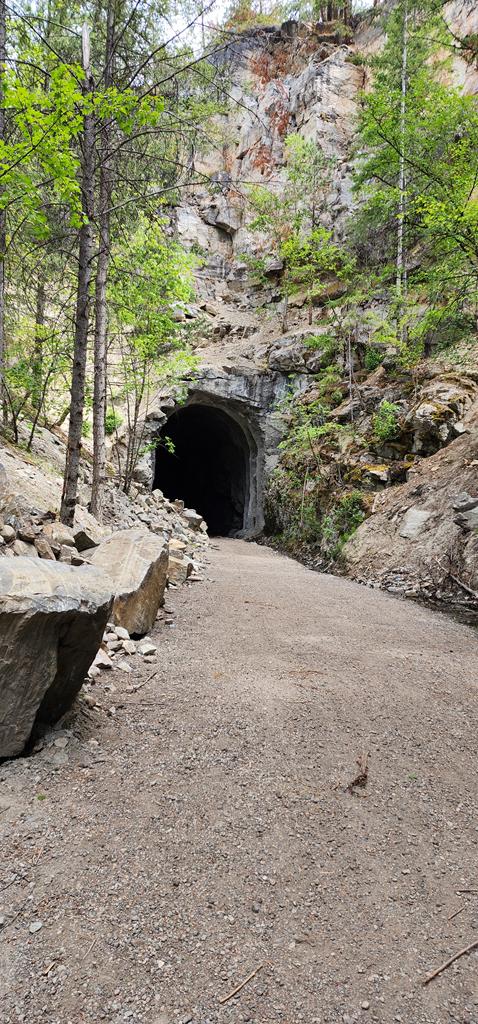
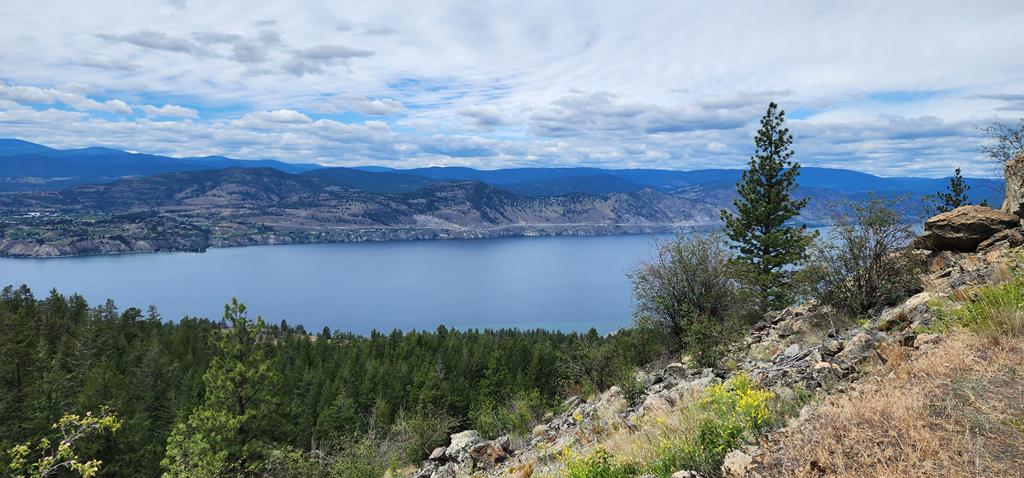
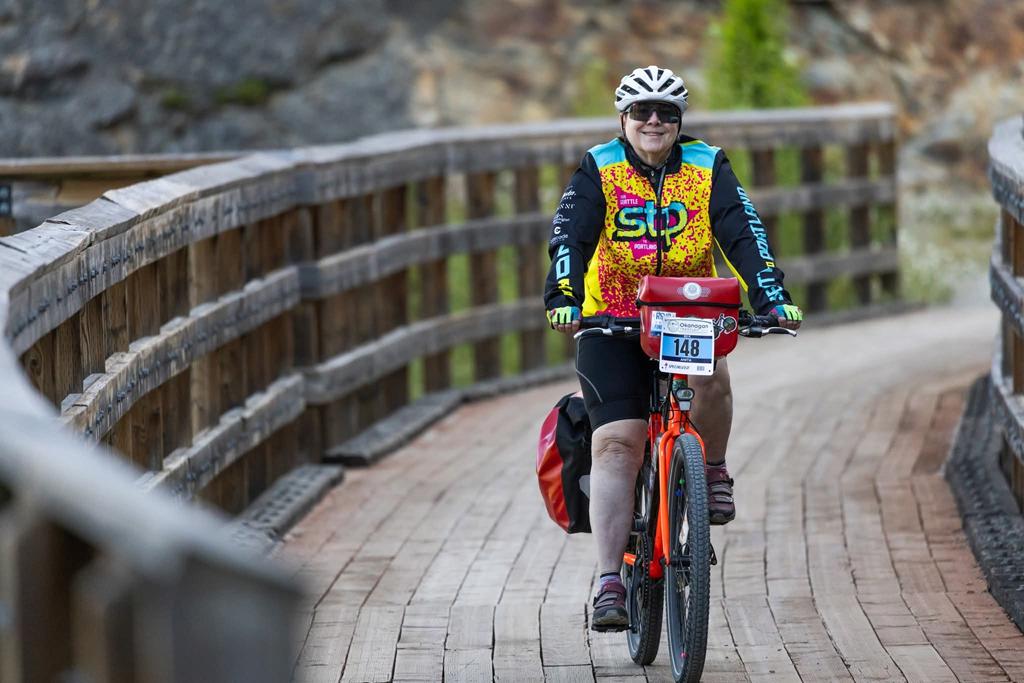

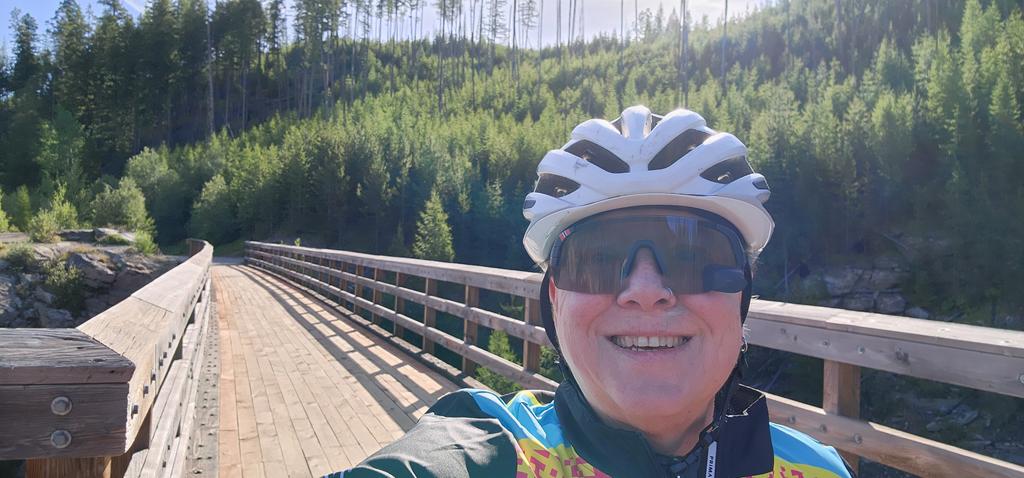
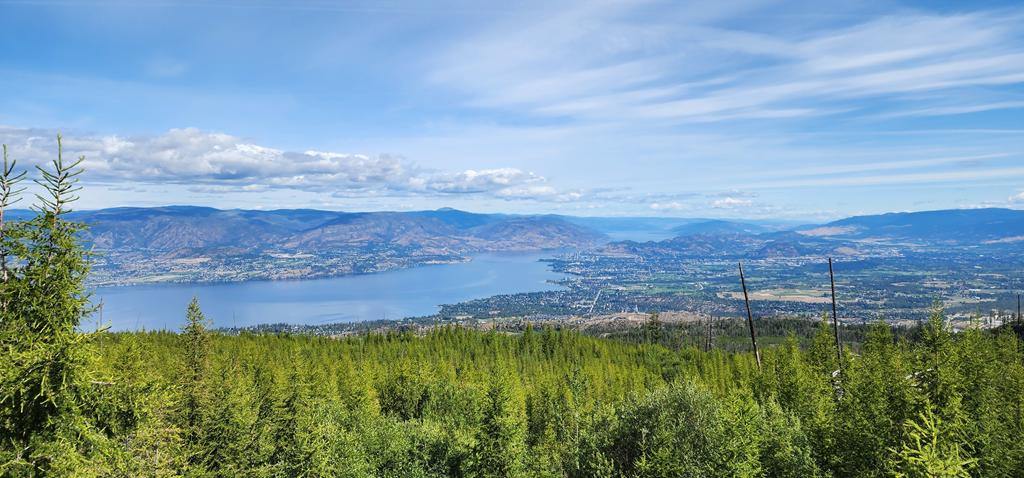
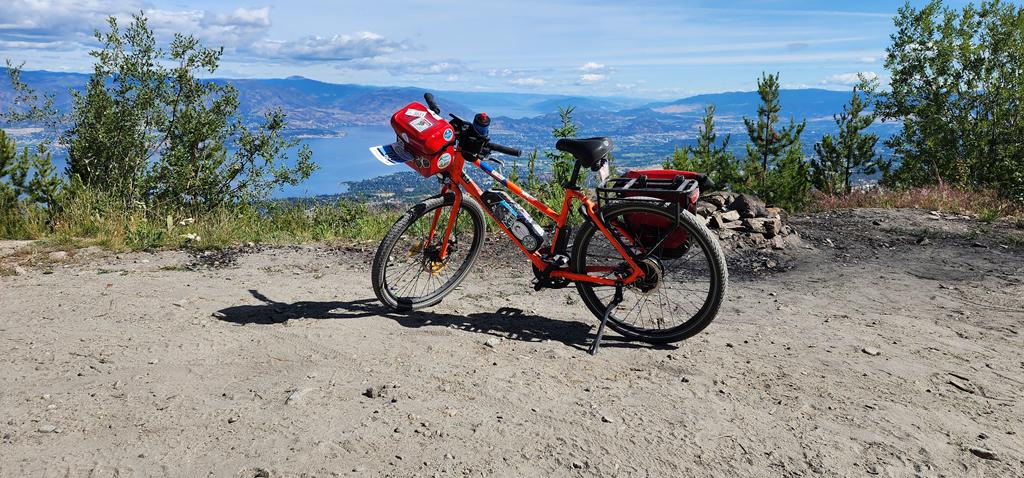
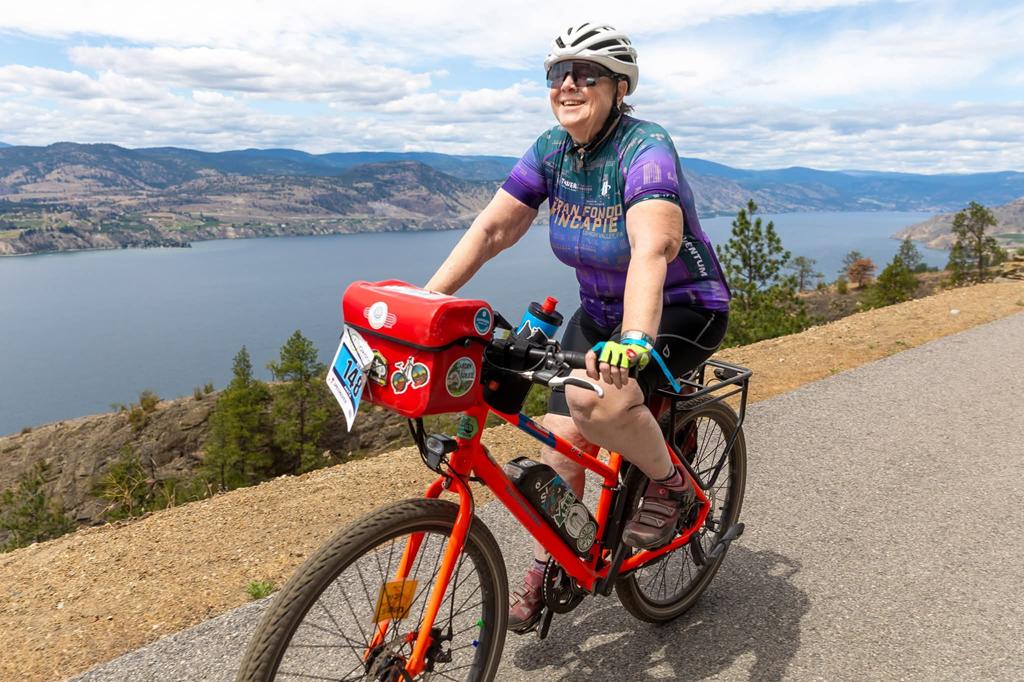
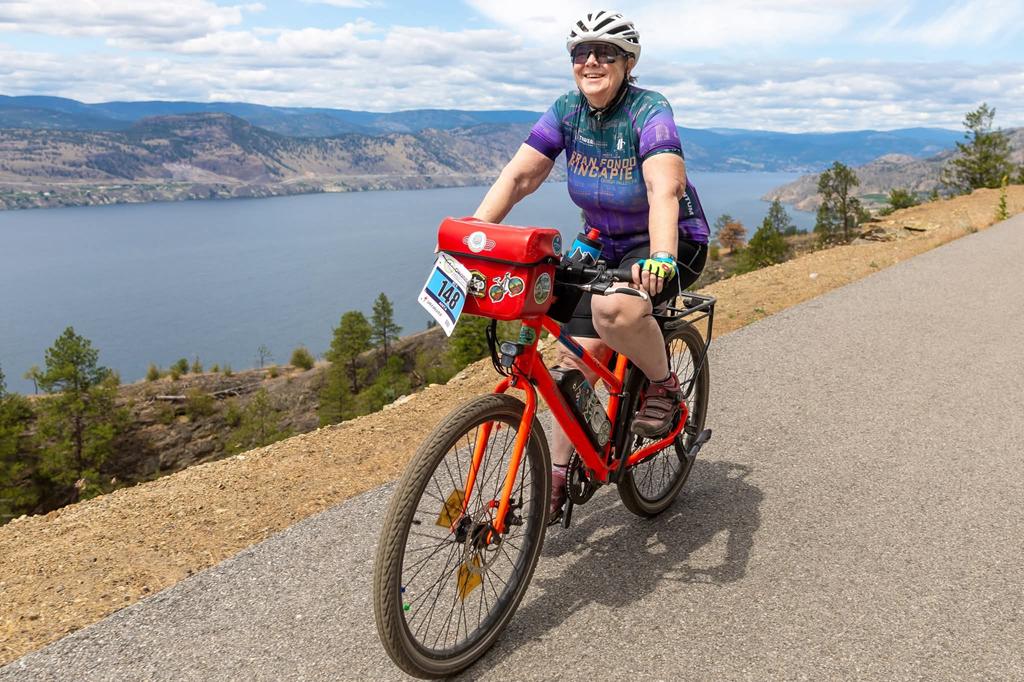
The Accident
Around mile 50, flying downhill toward the final trestle—McCulloch—I was feeling strong. One rider had stopped at the entrance to take photos, unintentionally blocking the right side. Without hesitation, I veered left, unaware that a warning sign was hidden behind them. As I approached, I saw bikes coming toward me and instinctively shifted right. What I didn’t see was the slightly raised middle seam of the bridge.
My front tire caught the edge. I went down hard.
I felt the slam of impact—my right leg, my hand, and then my head ricocheting off the bridge railing before striking my cheekbone. Dazed, I slid myself to the side and propped up against the railing. Riders stopped to help, gathering the contents of my handlebar bag and tending to my abrasions. One fellow tour rider stayed behind and sent word to volunteers at the finish line.
When I saw the chunk missing from my helmet, I whispered a shaky thank-you to the universe. That helmet saved me from a traumatic brain injury—or worse.
It took half an hour to slow my breathing and settle my nerves. The sun was relentless, and shade was nowhere to be found. Tired of waiting for a pick-up, I decided to ride the final four miles—slowly, with the help of my e-bike’s throttle and a kind companion. My leg had ballooned to twice its size.
At the finish, a nurse assessed me for a concussion, dressed my wounds, and handed me ice packs for my eye and leg. I sat under a canopy for an hour, trying to summon the strength to walk to the food line. I made it, but the effort left me nauseated and too exhausted to eat. I returned to the canopy and told the event organizer I needed to head home. He found a rider to guide me to the Convention Center and helped load my bike onto the rack.
In hindsight, I should’ve stayed another night with my leg elevated. Instead, I drove home with it dangling, swollen and burning—like my skin might split.
Once home, I soaked in Epsom salts, re-bandaged myself, and slept with my leg propped on pillows. But every time I stood up, I felt sick and short of breath.
The next morning, I took a Lyft to the VA ER. X-rays, a CT scan, and an ultrasound followed. My labs were alarming—my kidneys were struggling, likely from dehydration and ibuprofen. I was admitted overnight and given IV fluids. Thankfully, my numbers improved, and I was discharged the next day.
Weeks later, my leg was still swollen. My primary care doctor suspected cellulitis and sent me back for a CT with contrast. The report suggested a Morel-Lavalée Lesion (MLL)—a rare, fluid-filled pocket caused by trauma. I pushed for a referral to a specialist.
While waiting, I asked if any scans had captured my patella. They hadn’t. More x-rays revealed a fracture. The porcelain backing from my knee replacement may have kept it intact, but it still needed attention.
Now, five weeks post-accident, the MLL hasn’t drained and will likely require surgical intervention. The bruising has faded, and my patella seems to be healing on its own.
Last weekend, I rode 16 miles. My knee felt strong—like it was reclaiming itself. The fluid over my knee diminished, and while the MLL remains tight and itchy, it didn’t bother me on the ride.
Riding Through the Wreckage
Accidents have a way of stripping us down to the essentials—pain, breath, grit, and grace. That crash didn’t just bruise my body; it cracked open a deeper truth: that strength isn’t always about pushing through, but knowing when to pause, ask for help, and listen to what your body is trying to say.
I’ve spent years pedaling through landscapes that mirror my inner terrain—climbing steep hills of grief, coasting through moments of joy, and navigating the potholes of aging with humor as my shock absorber. This ride, though, reminded me that even when the path is familiar, life can throw you sideways. And when it does, healing isn’t linear. It’s slow, itchy, swollen, and sometimes shaped like a lesion with a French name.
But I’m still riding.
Every mile I log now feels like a quiet rebellion against fragility. My knee may be porcelain-backed, my leg stitched with stories, but my spirit is stitched with something stronger: the will to keep moving, even when the route changes without warning.
This chapter may have ended with ice packs and ER visits, but it also reaffirmed what I’ve always known—resilience isn’t loud. It’s the quiet decision to get back on the bike, throttle gently, and trust that the road ahead still holds beauty.
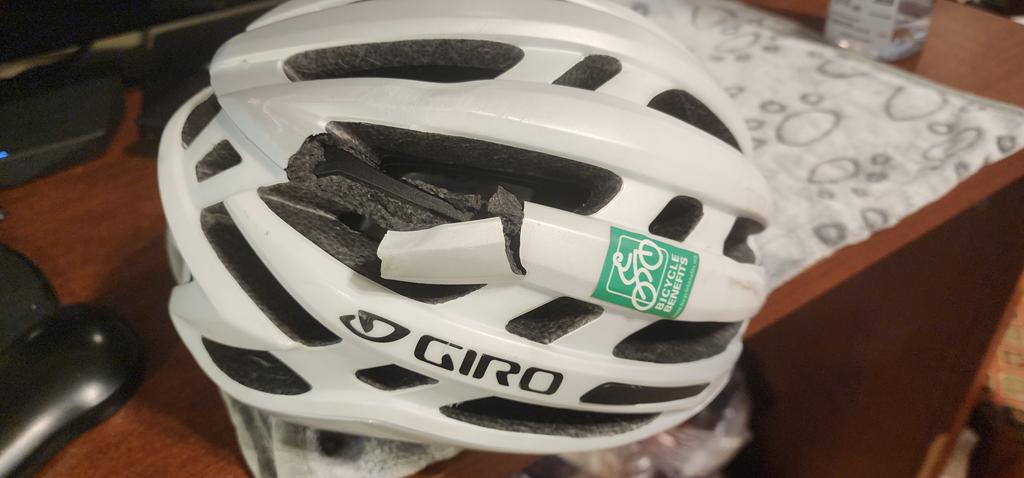
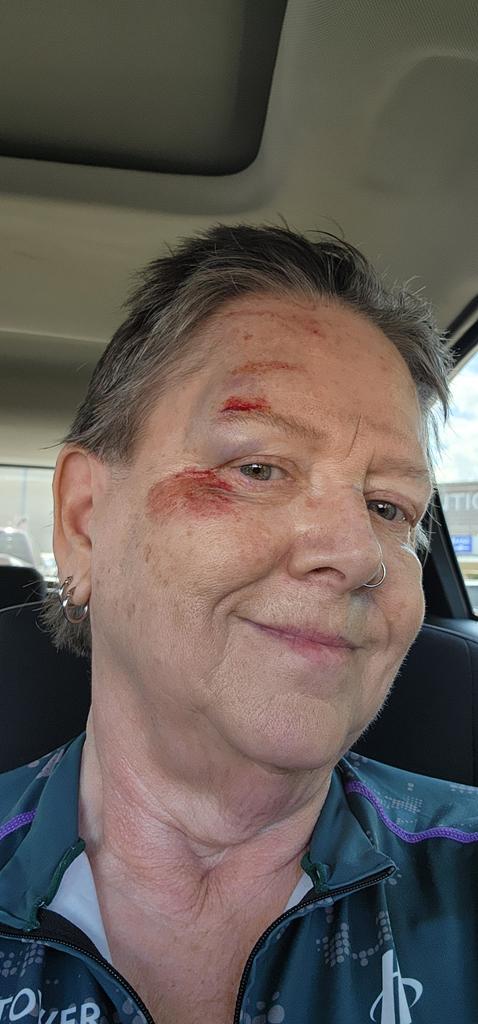
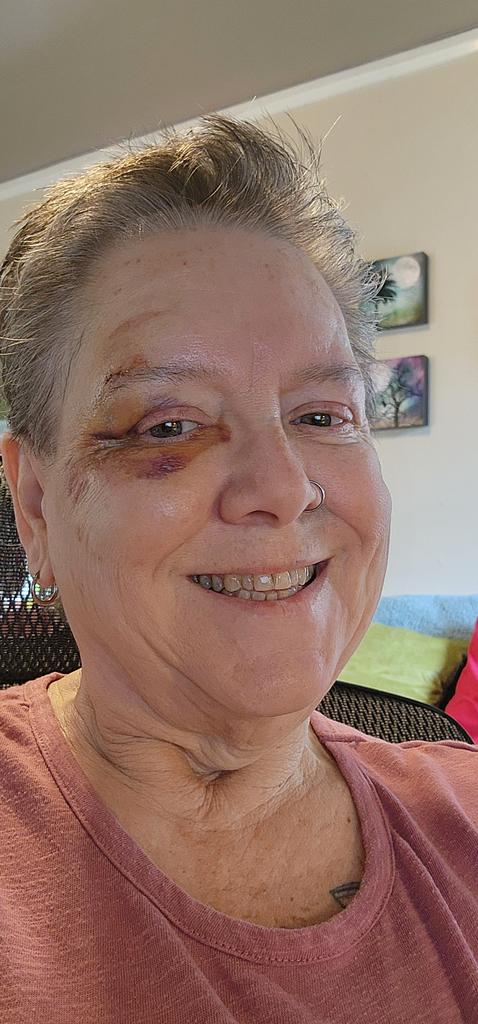
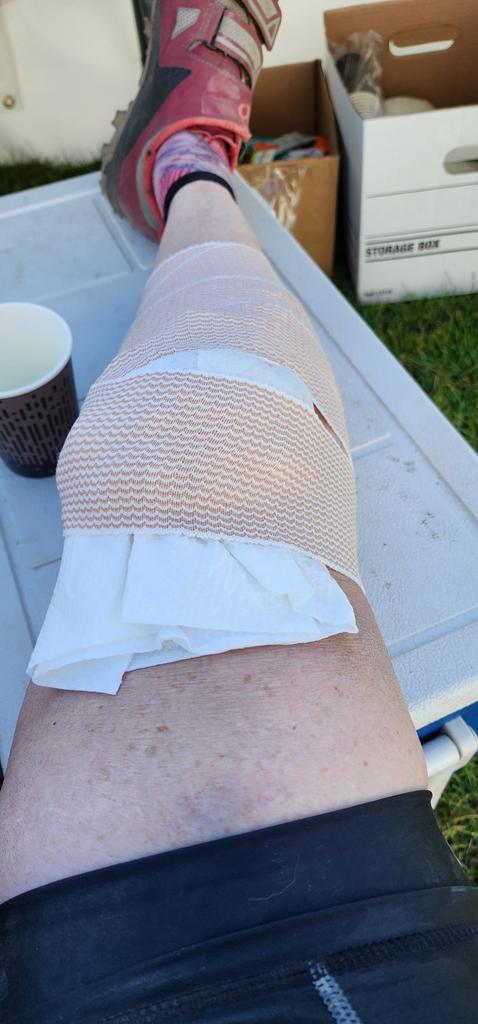
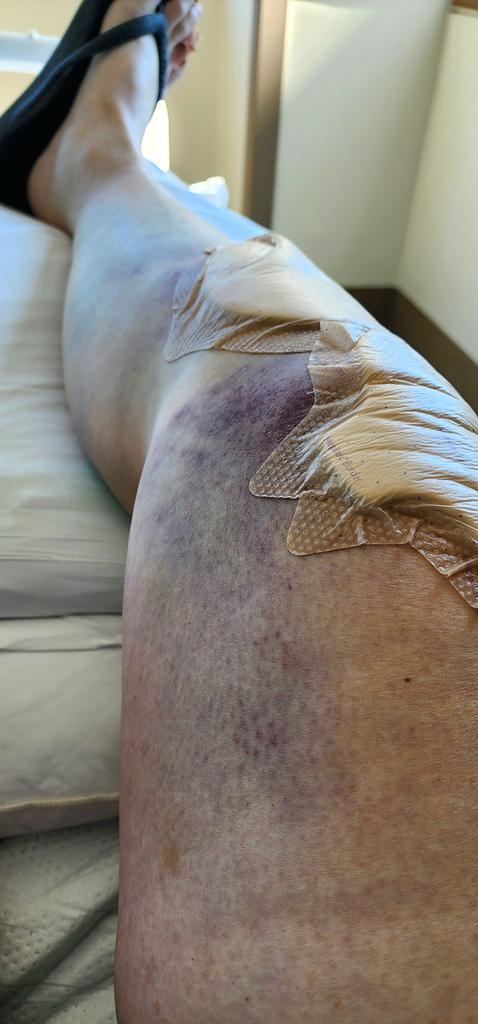
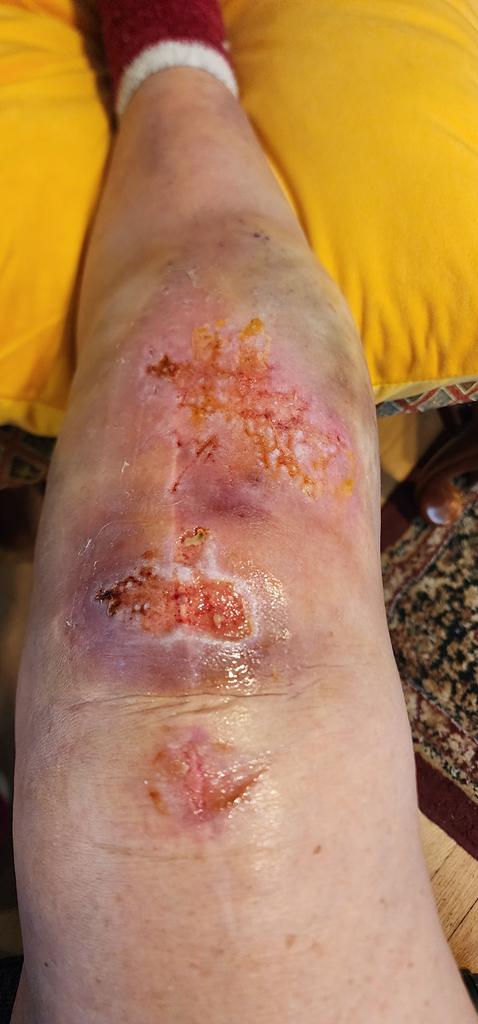
I stopped recording at mile 50, but didn’t record the last four miles.



One Reply to “Okanagan Trestle Tour”
Poetic. I’m not sure I have your resilience. I’m tempted to ditch the bike and open a box of bon bons, but my bike is still in the back of the car.